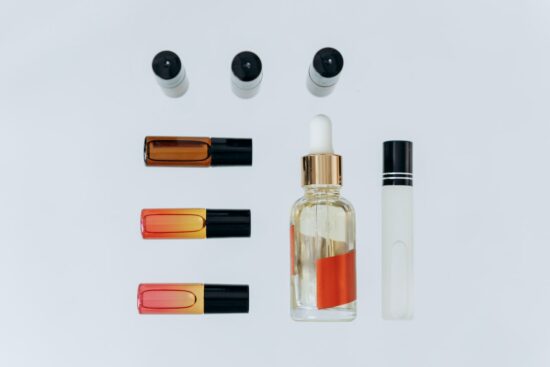Documentation Requirements for EU Cosmetic Products (Cosmetics Regulation EC 1223/2009)
Published 11th January 2023

We have been using cosmetics for over 12,000 years to protect our health and well-being. Cosmetic products include personal care products such as make-up, soap, shampoo, toothpaste, sun cream and perfume. These products must be safe for human health, and they are therefore regulated by the European Union’s Cosmetics Regulation EC 1223/2009.
The definition of a ‘cosmetic’ under Article 2 of this regulation is as follows:
‘any substance or mixture intended to be placed in contact with the external parts of the human body (epidermis, hair system, nails, lips, and external genital organs) or with the teeth and the mucous membranes of the oral cavity with a view exclusively or mainly to cleaning them, perfuming them, changing their appearance, protecting them, keeping them in good condition or correcting body odours.’
According to the regulation, each cosmetic product on the market must have its own dossier, known as a ‘PIF’, containing safety information about the product. This is a legal requirement. The files are not required to be submitted or registered; however, they should be open to inspection by the Competent Authority where the PIF is located. The Office for Product Safety and Standards (OPSS) is the competent authority for cosmetic products in the UK.
The PIF must include the following:
1. Product Description
The product name, code and any other identifiers used throughout the PIF.
A description of the product if it is not obvious from the name.
2. Cosmetic Product Safety Report (CPSR)
This report includes the composition, ingredient characteristics, toxicological profile, microbiological specifications, stability, purity, results of preservation challenge tests, packaging material specification, data on exposure to the product/ingredients, and data on undesirable effects.
The CPSR requires sign off by a qualified safety assessor.
3. Manufacturing
Part A) Method of manufacture:
A brief overview of the process including bulk storage and filling.
This includes cross-reference to detailed manufacturing documentation stored within the site.
Part B) Statement of cosmetic GMP compliance:
This is signed by the manufacturer and cross-references to full cosmetic GMP documentation at the site. Companies are presumed to be compliant with the Cosmetic Regulation if they abide by the International Standard Organisation (ISO) Guidelines on Good Manufacturing Practices ISO 22716. It is not a legal requirement to follow these guidelines; however, companies are required to demonstrate that their own systems achieve the same objective as that of the ISO 22716 guidelines.
4. Proof of Effect
This is essentially a summary of the technical support for each claim. The document will cross-reference to detailed supporting information (the latter does not have to be part of the PIF).
5. Animal testing
This is a list of tests performed by manufacturer or his agents/suppliers worldwide after 11/09/2004, relating to the development or safety assessment of the finished product or its ingredients.
If no tests have been performed a declaration should be provided from the manufacturer.
Further guidance on cosmetic product documentation requirements can be found in the Cosmetics Europe guidelines on the Product Information File (PIF) requirement.
The EU Cosmetics Regulation also sets out further requirements for cosmetic products, including:
- Packaging label requirements
- Ingredient types and quantities
- Notification on the Cosmetic Products Notification Portal (CPNP)
- Marketing and advertising
- Cosmetovigilance
- The ‘Responsible Person’.
DLRC has the capabilities to bring your cosmetic product to the market quickly and provide end-to-end regulatory support.
If you would like more information about any of our services and how DLRC can help you achieve your regulatory goals, please contact our expert team via hello@dlrcgroup.com or use the links below.